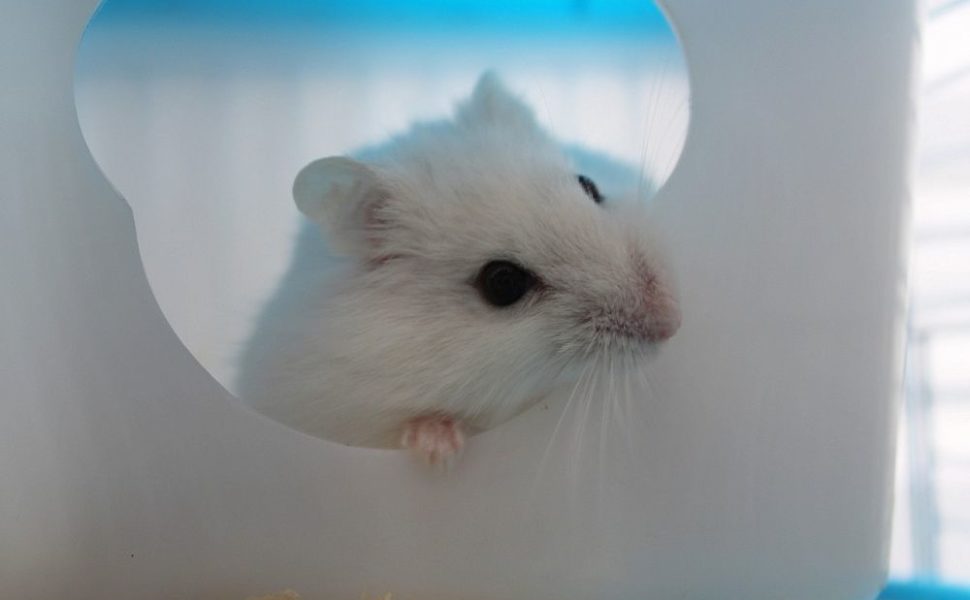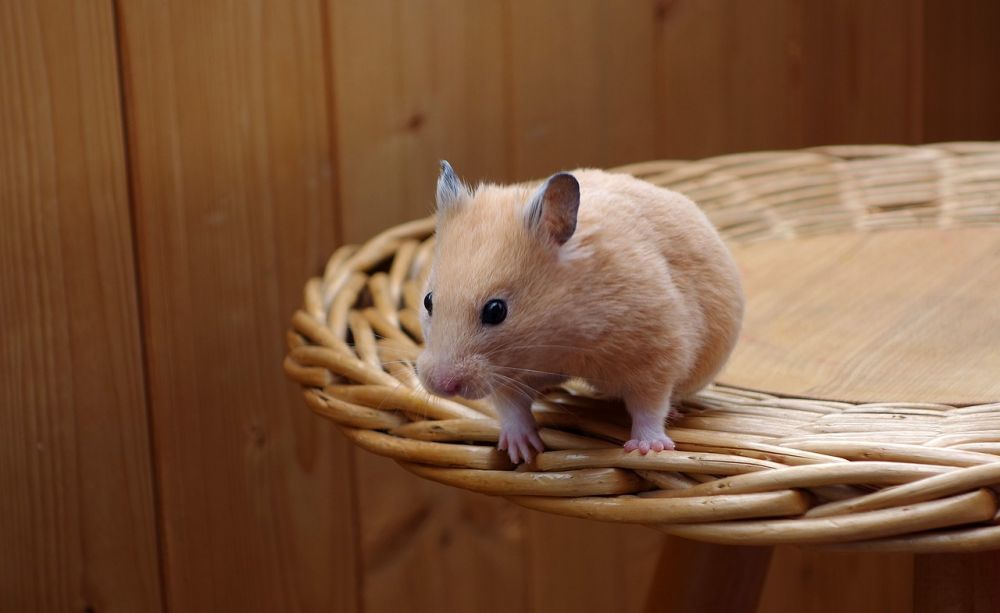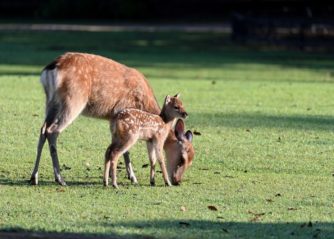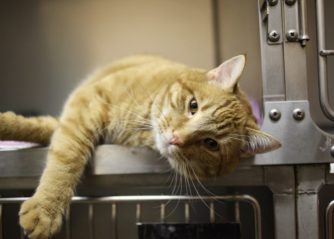Buur Hamsters: A Comprehensive Guide to the Popular Pets

Buur Hamsters: A Comprehensive Guide to the Popular Pets
Introduction:

Buur hamsters, also known as cage hamsters, are popular pets among individuals seeking a compact and low-maintenance companion. In this article, we will provide an in-depth analysis of buur hamsters, including an overview of their characteristics, the various types available, popular breeds, and quantitative measurements. Additionally, we will explore the differences between different buur hamster types and delve into the historical journey of their pros and cons.
An Overview of Buur Hamsters
Buur hamsters, scientifically classified as Cricetinae, are small rodents commonly kept as pets across the globe. These delightful creatures are known for their compact size and calm demeanor, making them ideal companions for individuals living in small spaces. They have become particularly popular due to their minimal exercise requirements and relatively low level of care compared to other larger pets.
Comprehensive Presentation of Buur Hamsters
Buur hamsters come in various types, each with its distinctive characteristics and traits. Some of the most popular types include:
1. Syrian Buur Hamsters: Also known as golden hamsters, Syrian buur hamsters are the largest of the breed. They have a solitary nature and enjoy human interaction. Syrian hamsters come in a wide range of coat colors and patterns, including short hair and long hair variants.
2. Dwarf Buur Hamsters: Dwarf buur hamsters are smaller in size compared to Syrians, but they make up for it with their playful and social personalities. Robo dwarf hamsters, Russian dwarf hamsters, and Chinese dwarf hamsters are some of the common variants within this category.
3. Fancy Buur Hamsters: Fancy buur hamsters are a group that includes teddy bear hamsters, panda hamsters, and satin hamsters. These hamsters are known for their unique coat textures and colors, making them visually appealing pets.
Quantitative Measurements of Buur Hamsters
When deciding to adopt a buur hamster, it’s essential to consider various quantitative measurements to ensure their welfare and optimal living conditions.
1. Cage Size: Buur hamsters require adequate space to roam and play. The recommended minimum cage size for a single hamster is 360 square inches, but larger cages are always preferred.
2. Bedding Materials: A suitable depth of bedding, such as paper-based or aspen shavings, should be provided to allow burrowing, nesting, and natural behaviors.
3. Exercise Wheels: Buur hamsters are active animals and benefit greatly from exercise wheels. The wheel should have a solid running surface with a diameter of at least 8 inches to prevent potential injuries.
Differentiating Aspects of Buur Hamsters
Despite belonging to the same family, buur hamsters exhibit distinct traits based on their individual types.
1. Size and Appearance: Syrian buur hamsters are significantly larger than dwarfs, while dwarf hamsters have a more compact and round shape.
2. Temperament: Syrians are generally more solitary, while dwarf buur hamsters tend to thrive in pairs or colony setups.
3. Lifespan: Syrians have a longer lifespan of about 2-3 years compared to dwarfs, which typically live for 1.5-2 years.
Historical Analysis of Pros and Cons
Throughout history, the popularity of buur hamsters has fluctuated, as their pros and cons have been constantly evaluated.
1. Pros of Buur Hamsters:
– Low maintenance: Unlike larger pets, buur hamsters require minimal care and can adapt well to a busy lifestyle.
– Compact size: Their small size makes them suitable for individuals living in apartments or with limited space.
– Gentle companions: Buur hamsters are generally docile and well-suited for gentle handling.
2. Cons of Buur Hamsters:
– Short lifespan: The relatively short lifespan of buur hamsters can be a challenging aspect for some owners.
– Limited interaction: While they enjoy human companionship, buur hamsters don’t require as much interactive playtime compared to dogs or cats.
In conclusion, buur hamsters make fantastic pets for individuals seeking a compact and low-maintenance companion. With their diverse types, quantifiable measurements, and historical analysis of pros and cons, potential owners can make informed decisions about welcoming these adorable creatures into their homes. Whether it’s a Syrian, dwarf, or fancy buur hamster, the joy and companionship they can bring are boundless.
















































